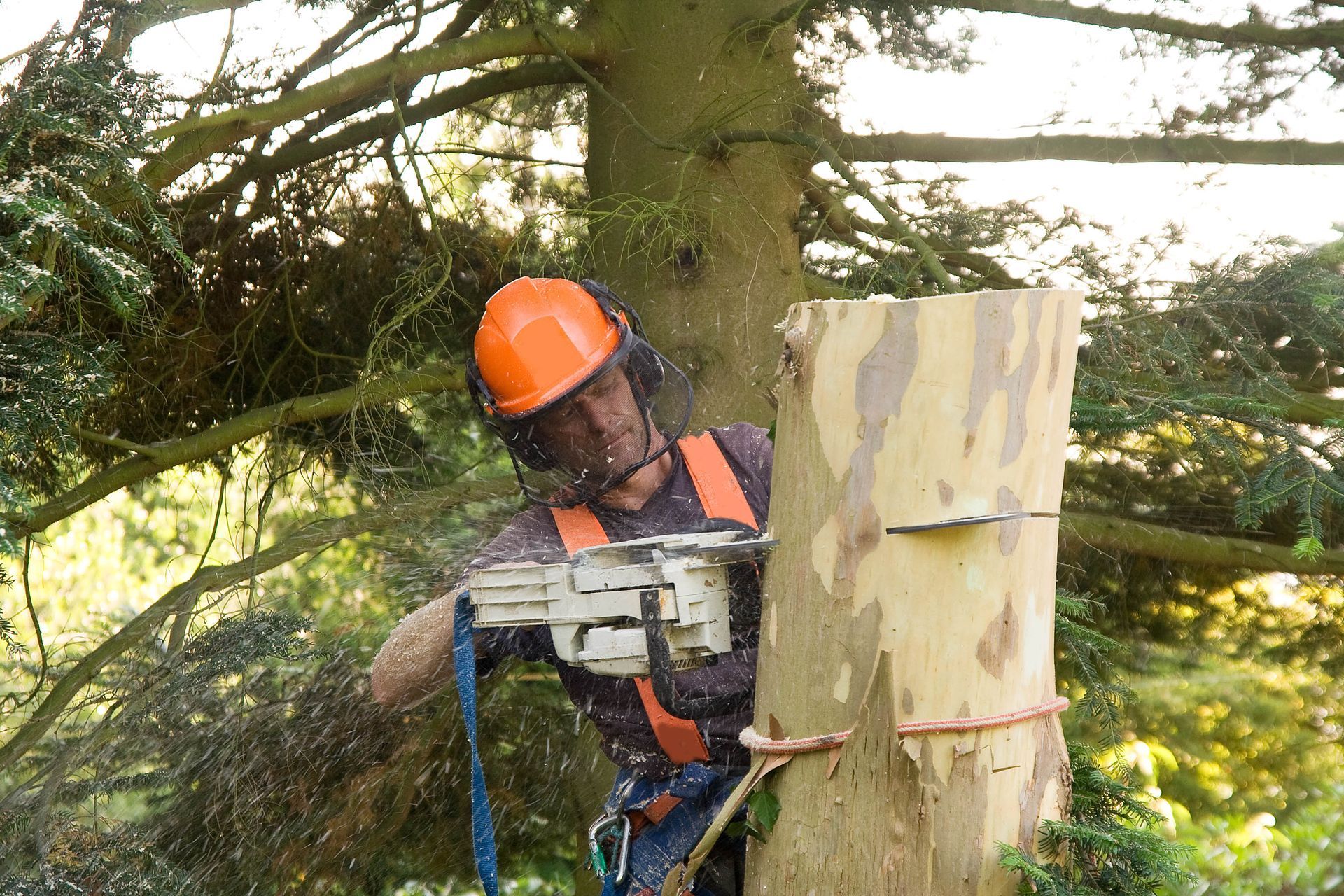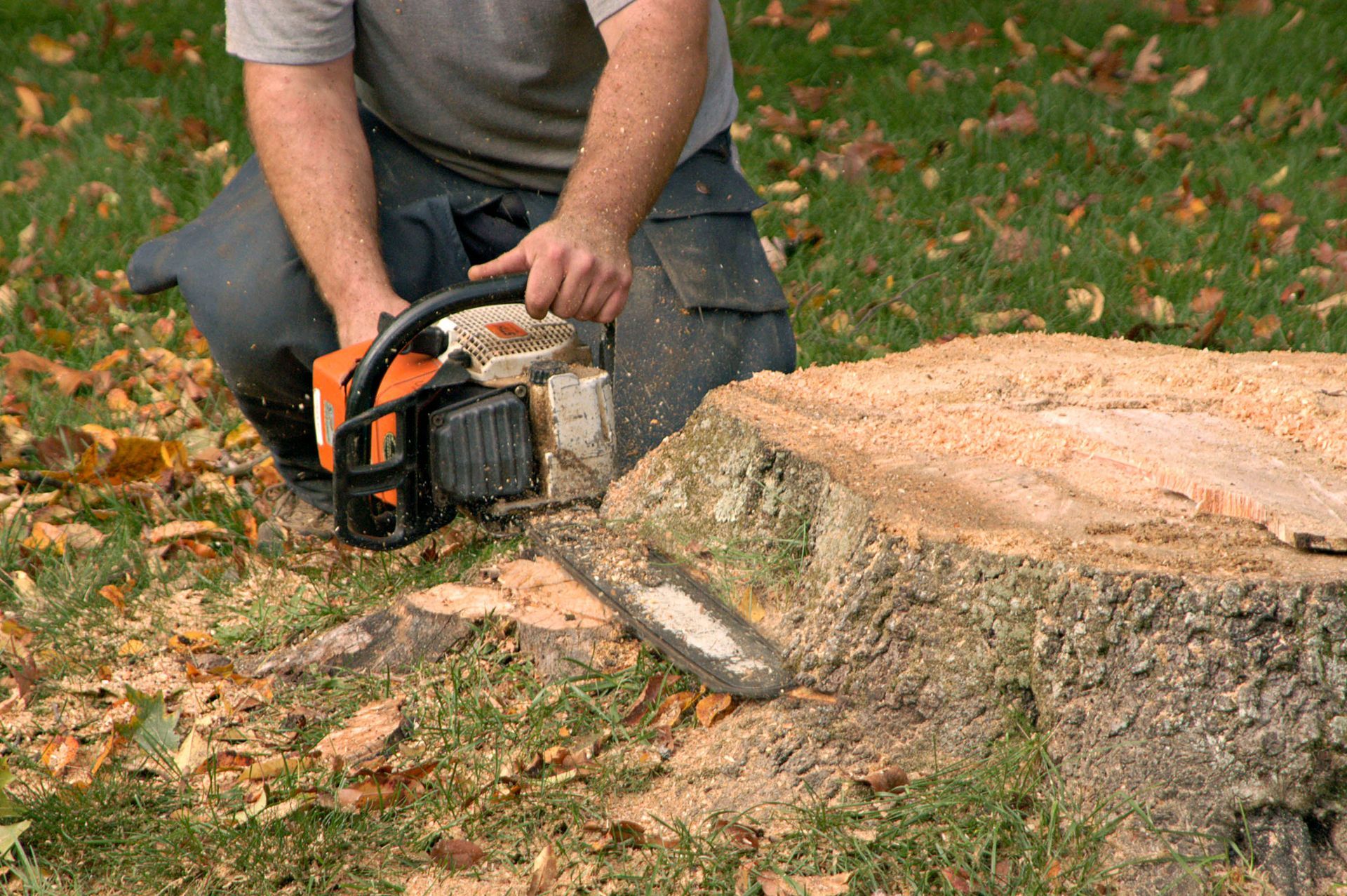August 21, 2025
In urban and rural landscapes alike, trees play a critical role in maintaining ecological balance and aesthetic appeal. However, when trees encounter problems, it can lead to significant issues both practically and environmentally. This article explores common tree troubles and unearths the root causes, offering insights and potential solutions for maintaining healthy trees, such as tree removal.
Identifying Symptoms
Trees, like all living organisms, are susceptible to various diseases. Identifying symptoms early is crucial for effective management and treatment. Common indicators include discolored leaves, unusual growths, and dieback of branches. Spotting these signs early can prevent more severe damage from occurring. Carefully monitoring trees and noting any changes can save trees from inevitable decline.
It's essential to differentiate between symptoms caused by diseases and those due to other stress factors. Leaves changing color out of season, for example, can signal disease rather than just seasonal change. Similarly, the presence of cankers or lesions on bark may indicate a more profound underlying problem. Disrupted growth patterns often herald the onset of disease. Accurate diagnosis enables targeted treatment strategies.
While many symptoms are visible, some might require more thorough inspections. Root issues, for example, may manifest as above-ground symptoms like wilting or yellowing leaves. Occasionally, trees may display minimal symptoms until the disease is advanced. In such cases, professional arborists can provide critical insights and offer tree removal. Identifying symptoms early can mean the difference between saving and losing a tree. Preventive care, such as regular pruning, soil testing, and proper watering, can also reduce vulnerability, ensuring trees remain healthy and resilient against potential threats.
Preventing Fungal Infections
In addition, fungal infections are among the most prevalent diseases affecting trees. Fungi can attack various parts of a tree, including the trunk, branches, leaves, and roots. Common types include powdery mildew, canker diseases, and root rot. These infections can topple healthy trees if not managed properly. Effective management relies on understanding the life cycle of the fungi and intercepting it at vulnerable points.
Environmental factors often contribute to the spread of fungal infections. High humidity, poor air circulation, and persistent moisture create ideal conditions for fungi. Regular monitoring, combined with proper pruning techniques and ensuring airflow, can mitigate these risks. Treatments often involve fungicides or natural solutions, depending on the severity. Developing and maintaining resistant species is also a long-term strategy to combat fungi.
Given their silent but destructive nature, fungal infections require diligent attention. Left unchecked, they can severely impact the ecological balance and aesthetic value of forest and urban landscapes, thus requiring tree removal. Being proactive about prevention and maintenance is crucial. Education about recognizing early signs can empower communities to take timely action. In this way, fungal issues can be controlled before causing irreversible damage. Collaboration between arborists, landscapers, and property owners can further strengthen prevention efforts, ensuring healthier tree populations for years to come.
Stopping Bacterial Diseases
Furthermore, bacterial diseases in trees, although less common than fungal diseases, can be equally detrimental. These microorganisms infiltrate tissues, often causing manifestations like leaf spots, blight, and dieback. Bacterial diseases spread through water, insects, and human activity, making management a complex task. Understanding the vectors and conditions that favor bacterial growth is crucial for effective control. Regular tree inspections are necessary to spot early signs of bacterial infection to avoid tree removal.
Effective management begins with cultural practices that limit the conditions favoring bacterial growth. Ensuring trees are planted with ample spacing can reduce transmission. Practicing proper sanitation, such as sterilizing tools, helps prevent the spread during pruning and maintenance. In some cases, antibacterial treatments might be required. Collaborating with local environmental agencies can enhance community awareness and control efforts.
Addressing bacterial diseases requires community engagement. Through strategic planting and selection of resistant species, the overall resilience of tree populations can be improved. According to The Countryside Charity, around 1.9 billion new trees are planted every year, showing the significance of selecting disease-resistant varieties. Such efforts not only contribute to individual tree health but also to the larger ecosystem balance. Education and awareness remain vital components in combating bacterial diseases.
Addressing Viral Infections
While viral infections are less frequently discussed, they pose significant risks to trees. Symptoms often include stunted growth, wilting, and mottling of leaves. Viruses spread through mechanical damage, insect vectors, and contaminated tools. This spread makes prevention a critical juncture in management practices. By understanding how viruses transmit, protective measures can be implemented effectively.
Viral infections often require specific control strategies. As the use of chemical treatments is largely ineffective, focus shifts to prevention through sanitation. Insect control also plays a significant role in mitigating viral spread, as many viruses rely on insect vectors. Cultivating tree varieties with known resistance provides a sustainable method of minimizing impact. Additionally, pruning and caring for trees to minimize mechanical damage can reduce vulnerability.
Education on viral infections helps communities prepare and respond effectively. Training in identifying and reporting symptoms ensures timely action against potential outbreaks. Community initiatives that focus on tree health can deploy effective response teams when viral diseases are suspected. Collaboration among arborists, gardeners, and local authorities can enhance overall tree health. Vigilance remains the best defense against these stealthy infections and preventing tree removal.
Removing Parasites
Finally, parasitic plants can have a deleterious impact on tree health. Mistletoe and dodder are examples of parasitic organisms that compete with trees for resources. Left unchecked, infestations can lead to reduced growth and even tree mortality. Regular inspections and timely interventions are essential in managing parasitic threats. By understanding the life cycle of these parasites, effective control strategies can be developed.
Physical removal remains a primary method of control for parasitic infestations. Timing is important as removing parasites before they seed can prevent future issues. However, care must be taken to minimize damage to the host tree during tree removal. Encouraging biodiversity in plant ecosystems can naturally limit parasitic spread. Research into biological control options also shows promise in managing parasitic organisms.
Effective communication and education about parasitic threats can empower communities to act. Awareness campaigns can educate the public on the signs of infestation. Community-led programs can coordinate removal efforts and support the long-term health of tree populations. With collective efforts, the impact of parasitic threats can be significantly reduced, thereby sustaining healthy tree cover globally. Constant vigilance and proactive planning are key to managing parasitic impacts.
Healthy trees are essential for both environmental stability and the beauty of our surroundings. As this discussion has shown, tree health can be compromised by a range of threats, including fungal, bacterial, and viral diseases, as well as parasitic infestations. Early detection and accurate diagnosis are critical in mitigating these risks, allowing for targeted interventions that preserve the integrity of tree populations.
Proactive management—ranging from proper pruning and sanitation to selecting resistant species—can significantly reduce the likelihood of widespread damage. Community involvement, education, and cooperation with professionals amplify these efforts, ensuring timely responses to emerging problems. While preventative care should always be the first line of defense, there are times when tree removal becomes the safest and most effective solution to protect surrounding vegetation and maintain public safety. Contact Alpha 1 Tree Experts Inc today to learn more about our tree services and how we can help you.


